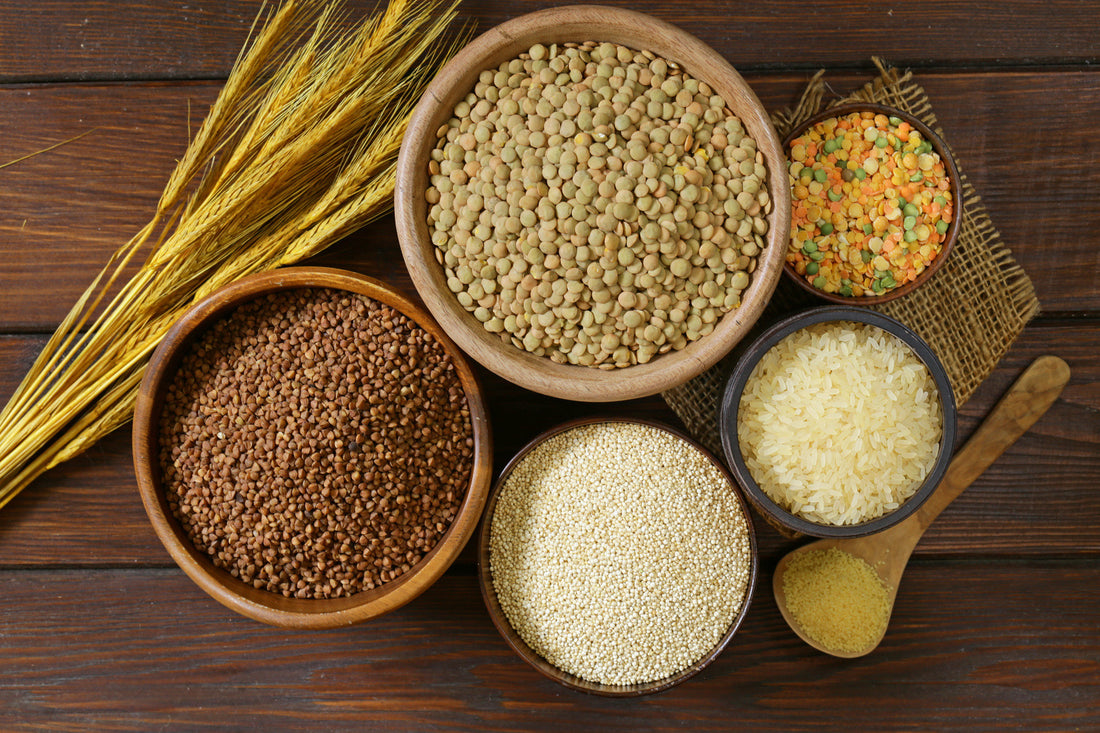Fibre is one of the most overlooked and undervalued dietary supplements in the world. While on some level we all understand the importance of fibre, it often remains an after thought in comparison to other supplements such as post workout shakes.
Why is this?
Fibre forms a critical part of body transformation. Increasing fibre helps regulate our digestive system, boosts gut health as well as improving overall health, mood and outlook immeasurably.
Here at Hustler Fitness, we believe in a wholistic approach to body composition changes. While personal training is paramount in achieving weight loss, toning and building muscle, sound nutritional changes in almost every case allows our clients to achieve their health and fitness goals faster.
This is why at Hustler, we offer not only personal training programs, but also nutrition programs that can help men and women achieve better gut health by improving eating habits using sustainable and scientifically sound methods.
What is Dietary Fibre?
Dietary fibre (roughage) is found in cereals, vegetables and fruits. It's the part or compound of plant food (mainly a carbohydrate) that is not digested (indigestible). It stays/remains in your gut and is relatively unchanged when it passes through our stomach and intestines. Fibre adds bulk to-the stools (faeces). This helps your bowels to function/work well, and helps to avert some bowel and anal conditions. The main role of dietary fibre is to keep your digestive system healthy.
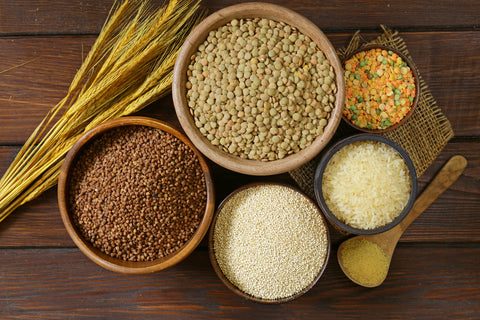
Other terms used to describe fibre include 'roughage’ and 'bulk’, which can be misleading as some forms of dietary fibre are water-soluble and aren’t rough or bulky at all.
Experts suggest that we get between 25-35 grams daily which is roughly twice what most people consume, but the average person only gets 15 grams a day.
Why Take Fibre?
Despite its popular link with trips to the restroom, dietary fibre is no joke. A high- fibre diet is primarily beneficial for a healthy gut (keep the digestive-system healthy) and can help manage your weight. This is because it provides bulk to your diet, thereby allowing you to feel fuller whilst eating less calories (even though you'll often be eating a larger food volume). fibre also acts as a speed-bump for digestion, slowing the rate in-which the nutrients enter your body; that is good for sustained energy, weight loss, and managing hunger.
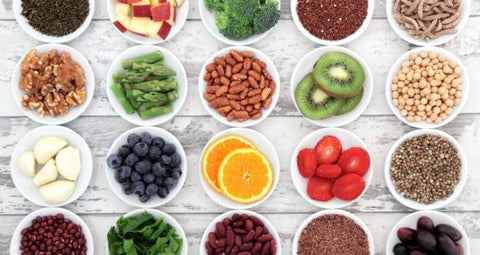
Fibre is mainly required to keep your digestive system healthy. It does contribute to other-processes in your body, such as stabilising levels of glucose and cholesterol. The benefits of having an efficient bowel aside, a high fibre diet can help reduce the-risk of hypertension, stroke, and heart disease.
Unfortunately, consumption of fibre is currently at an all-time low, with only less than 3% of Americans meeting the recommended intake. In nations with traditionally high fibre-diets, diseases such as diabetes, coronary heart disease, and bowel cancer are much less-common than in Western-countries. If you’re not obtaining enough dietary fibre, chances are that you’re in regular bodily discomfort, since fibre helps keep your internal scene clean, improving bowel function and aiding digestion.
Disorders which could arise from a low- fibre-diet include: constipation, diverticulitis, heart disease, irritable bowel syndrome and some cancers. There can be too-much of a good thing, though. Over consumption of dietary fibre can move food through your intestines too quickly, which will mean fewer minerals getting absorbed from food. It could also result in bloating, cramping, and un-comfy gas, especially when intake of fibre is dramatically increased overnight.
Types of Dietary Fibre
fibre is something your body needs but never really digests—in fact, it'll remain more-or-less the same from plate to toilet. There are 2 varieties/types of dietary fibre in the diet - soluble fibre and insoluble fibre - and most plant-based foods will contain a mixture of the two. These work differently in the body. Soluble fibre turns to gel in your stomach and slows digestion. This helps lower blood glucose and cholesterol. On the other hand, insoluble fibre will remain unchanged all-the way to the colon. It makes waste softer and heavier so it can shimmy through your intestines more easily. However, regardless of those differences, neither is ever absorbed into the body. A combination of both varieties of fibre should form part of one's healthy balanced diet so as to keep your-gut healthy. Most foods containing dietary fibre will naturally contain both types.
Best Sources of Fibre
1. Inulin
Inulin is a naturally occurring soluble dietary fibre found in many grains/cereals and vegetables as a polysaccharide (long-chain carbohydrate containing glucose and fructose). It's sometimes referred to as sugar fibre and despite being used as a food additive or substitute sugar, is actually a dietary fibre belonging to the fibre fructans. Since some people just won't eat enough vegetables and fruits, food companies are searching for ways to incorporate dietary fibre into foods that people really want to eat, and inulin is one of them.
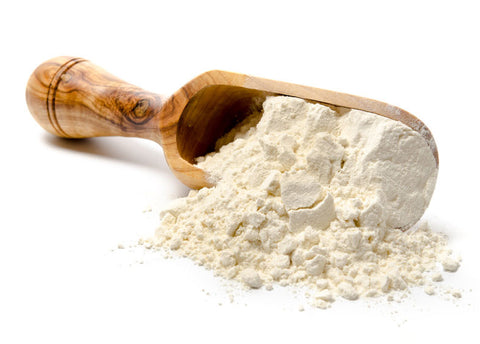
A few awesome things about inulin are: it supplies much-needed fibre in our diets, boosts calcium absorption, helps lower cholesterol and increases bifidobacterium (which aids ward off gastro-intestinal disorders).
Inulin fibre is said to promote healthy-gut flora said to pro-biotic effect on the body. Like other fibres, Inulin isn't absorbed during digestion but rather passes intact unabsorbed through your digestive tract, otherwise called the gastro-intestinal system. But, inulin is fairly fermentable, and when it happens to take place in-the lower digestive-tract, it causes gas which cancreate discomfort – particularly if inulin is consumed in large doses.
Some people are also more sensitive to it than others. For best results, it's recommended that you combine it with resistant starch foods.
Natural sources of inulin soluble fibre
The best fibre sources of Inulin include foods with inulin like root chicory as well as other natural sources of inulin like, bananas, corn, garlic, onions, and leeks. That fact that inulin fibre has a low glycemic-index (GI) makes it beneficial to take for people seeking to control blood sugar levels.
2. Flax Hulls
Flax hulls (with lignans) are the natural-ground flaxseed hulls (organic shell only) of the flax seed without any oil or seed materials. The flaxseed used to produce flax hulls are organic-grade flaxseeds and a mechanical process is employed to mill the flax-seed so that there is no seed material or oil. Friendly bacteria help convert the flax hulls in to mammalian lignans so that your body can absorb it better.
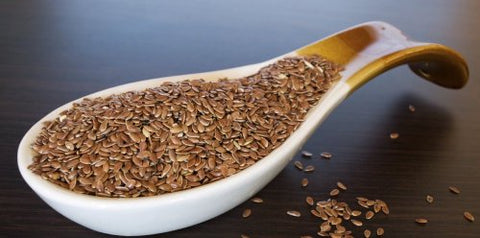
The shell of the flaxseed (flax hull) is known and proven to contain high levels of botanical lignans, particularly seciosolariresinol dyglucosdie (SDG) - between 30-60 mg - which is a phytonutrient. At the same time, Flax hulls lignans are a excellent nutritious source of dietary health fibres containing both soluble and insoluble fibres as well as Vitamin B12 in the-form of Cobalamin. Flax seed lignans have anti-mittic, anti-tumour, antioxidant and weak estrogenic activity. Flax hulls can significantly boost your body's immune system and also help stop excessive free-radical activity. They are by far the richest-source of cancer- fighting plantlignans. Numerous studies suggest that the health benefits of flax hulls may include preventing the development of breast, colon, prostate and other cancers.
Recommended Flax Hull dosage is intake of a 6gm tablespoon (1 very full 1-1/4 scoops) daily. Pregnant or expecting mothers need to consult their doctor prior to use.
3. Psyllium Husk
Psyllium is a form of dietary fibre derived from the outer husks of seed from the Plantago Ovata plant that is native to India and Pakistan. It sometimes goes by the term/name ispaghula and is most commonly regarded as a laxative. Psyllium husks are an amazing source of water-soluble dietary fibre. It's gluten free and possesses a number of healing benefits mainly for digestion & bowel-related disorders. Psyllium contains a spongy fibre which helps reduce appetite, improve digestion and cleanse your digestive system!

When combined with water, pysllium seed husk forms a-gel that can help keep your bowels regular and is far more gentle – and natural – compared to using a laxative.
Due to the bulking properties of psyllium husk, it can be a great help for those seeking to lose weight. It helps keep your bowel function healthy, which is essential to avoid issues like constipation (and subsequently haemorrhoids), both of which can have a huge-impact on the way we feel on a daily basis! According to the 2000 study reported in The American Journal of Clinical Nutrition, psyllium husk is seen to be quite effective at lowering total and also "bad" cholesterol (LDL) levels, which can be rather helpful to those with high cholesterol as well as those at increased risk for developing hyper-cholesterolemia, such as people with type-2 diabetes. It assists in the maintenance of satisfactory levels of blood sugar, and so people living with diabetes, for instance, can gain improved control over the levels of sugar in the blood by increasing the amount of Psyllium husk soluble fibre.
But that's not all, from helping with hemorrhoids, to crohns disease and ulcerative colitis, psyllium husks have countless healing-benefits as well as the capacity to lower cholesterol! Unlike inulin which has a gassy effect on your body, psyllium lies still & quiet while absorbing water and softening your stool. Besides, psyllium is not accompanied with side-effects of overuse like intestinal bacterial overgrowth. Psyllium husks are, however, not advised for persons who have ever suffered-from oesophageal narrowing or swallowing difficulties.
How to Incorporate Psyllium Husk into your diet?
Psyllium Husk is most commonly consumed in water or powder form. It's also available in granules, capsules, and in liquid form. The recommended dose is 1-2 teaspoons of psyllium husk with enough water upon waking and also before going to bed. Each teaspoon of Psyllium husk contains around 4g of dietary fibre. It's advisable to gradually build up the dose to avoid adverse symptoms, such as bloating, wind & stomach cramps.
Because of the bulking nature of psyllium seed husks, it's essential to ensure you drink plenty of liquid as otherwise it may swell up & could obstruct the throat. Taking it 30 minutes before a meal with a full-glass of water, preferably warm, will allow the psyllium to expand, thereby creating a full feeling!

